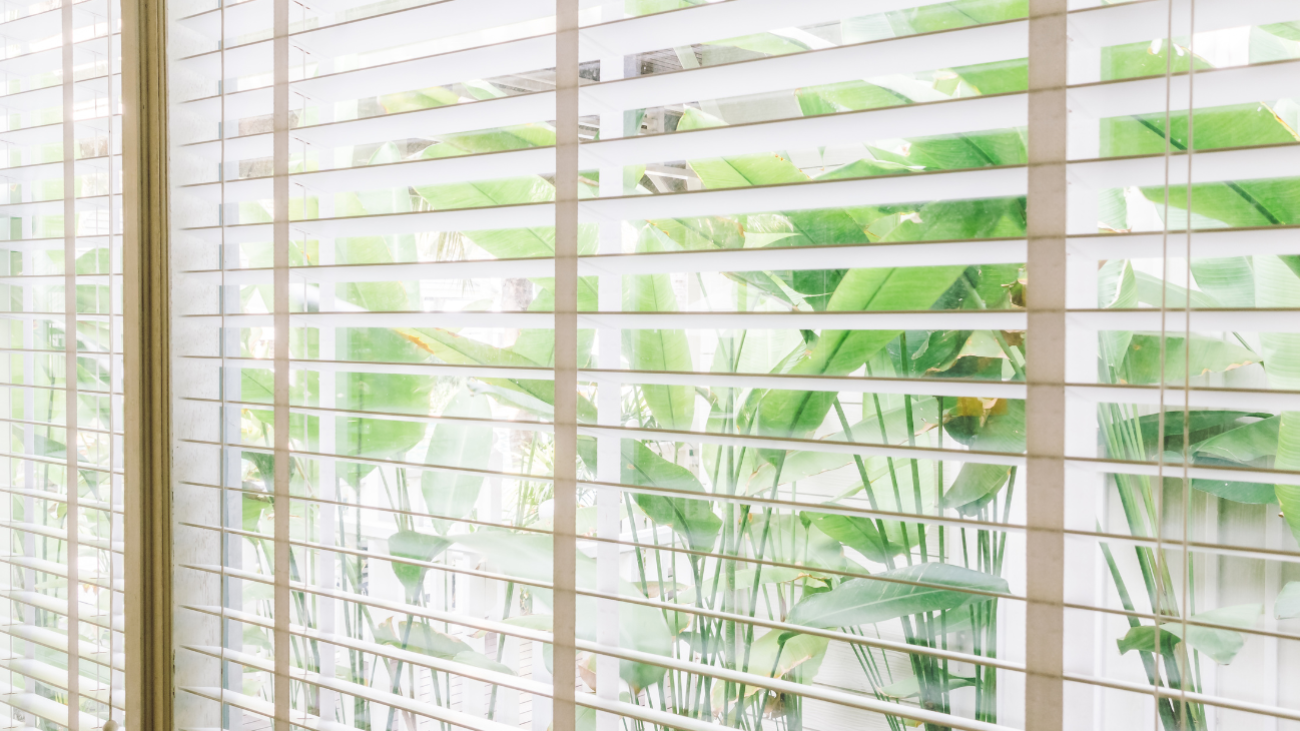Window blinds not only improve the aesthetics of our houses, but they also play an essential function in controlling light and privacy. However, with time, they can gather dust, filth, and stains, necessitating frequent cleaning to keep their beauty and performance. This detailed blog looks at efficient approaches and practical recommendations for healthy window blinds. Prepare to restore the glitter and freshness to your windows with these tried-and-true cleaning procedures, whether you have vertical blinds, roller blinds, or anything in between.
Whatever sort of blinds or shades you have, always read the manufacturer’s recommendations before cleaning. Test any new cleaning solution on an inconspicuous region before applying it on the entire blind, and always clean from top to bottom. Otherwise, you’ll spread dust over places you’ve previously cleaned.
Importance of Cleaning Window Blinds
Even though everyone agrees that dirty blinds look dull, what’s scary is what that dust hides. This is why cleaning your window blinds daily is so vital for your health:
Allergen Arsenal:
Do you think dust is just some harmless dirt? Could you not believe it? Ashes of pollen, dust mites, pet hair, and other allergens can gather on blinds, especially cloth and horizontal blinds with slats that trap these tiny particles. These allergens become mobile when wind or movement disturbs them. This can cause allergy and asthma symptoms like sneezing, coughing, and itchy eyes.
Mold Threat:
Kitchens, bathrooms, and other damp places can make blinds a good place for mold growth. Even though you can’t see mold spores, they can quickly get into the air and bother your lungs. Mold can make you sick in many ways, from breathing problems like coughing and hacking to headaches and even tiredness.
Lower Air Quality:
Blinds that are full of dust can block movement, causing air to stay still and pollutants to build up inside. Cleaning your home regularly helps keep the air quality good, which is especially important for people who have breathing problems or live in places with a lot of pollution.
Types Of Blinds and Their Cleaning
What’s best for cleaning your blinds will depend on the type you have. Here is a list of the most popular choices in US homes:
Flat blinds (metal, vinyl, or fake wood):
These essential blinds do a great job, but the slats are an excellent place for gathering dust. What’s good? It’s easy to clean. Close the blinds and clean the slats from top to bottom with a microfiber cloth or a vacuum tool that has a soft brush. Use a damp microfiber cloth and a light soap solution (dish soap mixed with water works well) to remove tough dirt. Use a clean, dry microfiber cloth to wipe it dry.
Roller Blinds:
Most of the time, these choices that save room are made of fabric or vinyl. You can clean both sides of cloth vertical blinds with an upholstery adapter set to a gentle setting. If you need to, use a light fabric cleaner and follow the directions on the bottle to clean a spot. Wipe down each panel of vinyl vertical blinds with a damp microfiber cloth mixed with a bit of mild soap.
Roller blinds:
People like these sleek shades because they are easy to use and have clean lines. Using a microfiber cloth to dust often is very important. Use a vacuum cleaner with a couch adapter or a hand-held vacuum to get a better clean. Do not use strong chemicals or rough cleaners on the cloth; they will damage it.
The Roman Shades:
These fabric shades can add A bit of class to any room. With a soft brush extension, you can pick up dust with your vacuum cleaner for light tasks. Most Roman shades can be spot-cleaned with a light fabric cleaner by following the directions on the bottle. This will give them a deeper clean. Any cleaning product should be tried out first on an area that won’t be seen.
Wooden Blinds
This classic beauty needs a little more care. It is essential to dust often with a soft, dry cloth. Water and strong chemicals can damage the wood, so don’t use them. For a better clean, use a polish made for wood furniture that is made for windows. Use a soft cloth to put on a light coat, and then slowly buff it in.
Conclusion
With these valuable tips and tricks, cleaning your window blinds at home will be easy. Maintaining and cleaning your blinds properly regularly will not only make them look better, but it will also make your home healthy. Make sure the cleaning methods you use are suitable for the type of blinds you have and always follow the manufacturer’s instructions to keep damage from happening. Preparing your cleaning supplies will help you enjoy having clean window blinds that make your living space look better and smell better.

